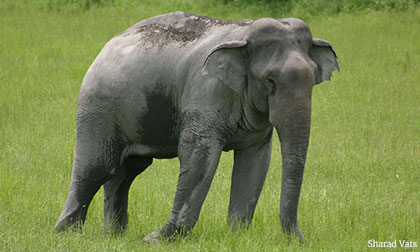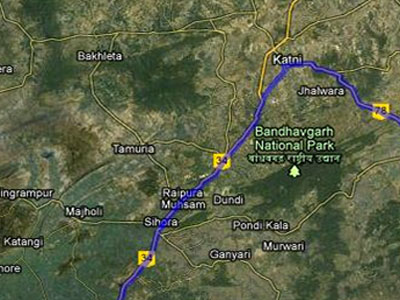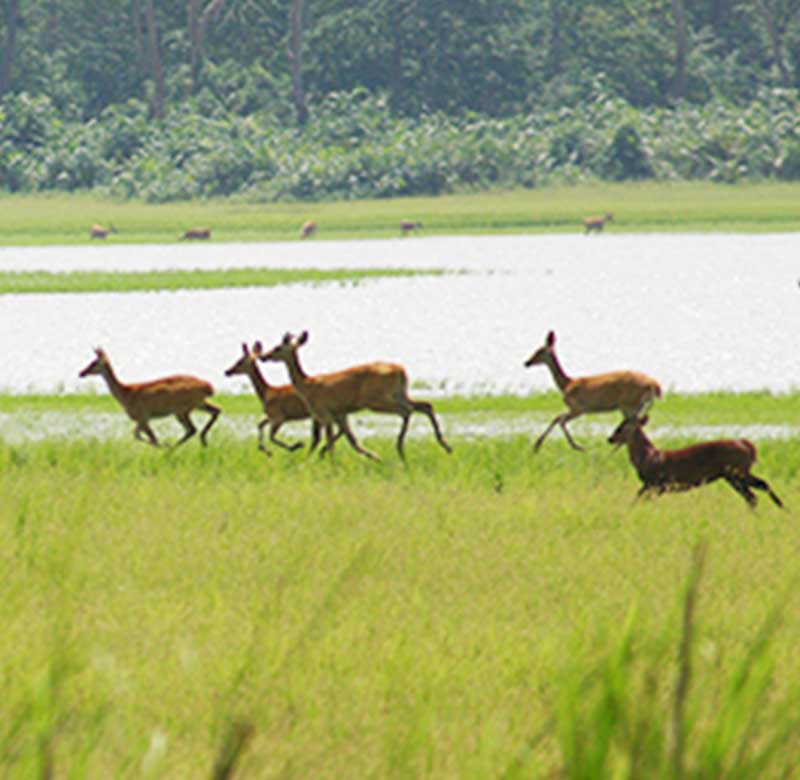A light breeze blows over the forests of Kaziranga. Elephant grass, taller than you, undulates gently in the wind. It whispers through the reeds and marshes, into dense copses of thick evergreen jungle. Streams and rivulets burst through the grass and empty out into shallow pools and water holes, only to continue yet again like slivers of silver in the greenery.
Kaziranga is one of the oldest and largest parks in India. The mighty Brahmaputra river runs along its northern periphery, and it is bordered by the Karbi Ang Long range in the south. It is home to some of India’s most endangered and endemic species including the One-Horned Indian Rhino, the Asian Elephant and the Tiger. Eagles, storks, ospreys, flamingos and hornbills are just some of the species that make their home in these evergreen jungles and Terai Duar grasslands.

Kaziranga is spread over 1033 square kilometers in the eastern most reaches of the Himalayan Biodiversity Hotspot zone. It is also a part of the Indomalaya ecozone.

Topography: Kaziranga has a varied landscape. Exposed sandbars, beels or flood formed lakes, chapories, which are elevated zones that provide shelter for animals during riverine floods, dot the landscape. The savannah and grassland is interspersed with thick evergreen broad-leaf forest and shrubs, cut through by four rivers, which run through the park’s territory.
In Season: 1 November – 30 April
Kaziranga is home to several highly endangered species. It is one of the largest natural habitats for the One-Horned Indian Rhino, the Asian Elephant and the Royal Bengal Tiger. Its waters are also home to the Indo-Gangetic Dolphin and the forest is one of the last surviving habitats for the Pangolin. It is also one of the few habitats in the wild where one can see the Great Indian Hornbill (considered the tiger among birds for many birding enthusiasts).
As the sun rises over Kaziranga, day-break brings its own beauty. These grasslands reveal some of India’s most beautiful creatures in the wild. Herds of wild elephants can be found trampling through the forest, foraging high off the tree tops for themselves, while their leftovers create the beginning of a long and intricate food chain for many of Kaziranga’s herbivores, primates and insects.
Tucked away in the shade of tall grass, the rhino has its own territory. If you’re lucky, you might spot a mother with her baby – but stay out of her way. A protective mother rhino is a force to reckon with. Herds of wild Asiatic Water Buffalo can be found grazing or lolling around in water holes, while shadowy predators like the tiger and the leopard stalk and unsuspecting swamp deer or a sambhar, among the reeds.
Kaziranga’s Terai-Duar savannah and grasslands are ideal breeding ground for snakes – particularly pythons and the king cobra – and a mongoose population to balance them out. Several primates inhabit these forests including Langurs and the Assamese Macaque, as well as India’s only ape species – the Hoolock Gibbon.
Feral cats such as the Fishing Cat and the Jungle Cat are found in large numbers. Foxes, jackals, sloth bears and civets are found here and Kaziranga is one of the few remaining natural habitats for Pangolins left in the world.
Kaziranga is absolutely perfect for bird lovers. The swampy ground is ideal for several species of migratory and resident birds. Geese, eagles, vultures, storks, kestrels, pelicans, herons, ducks and several other species make their home here. Rare species include the White Tailed Fishing Eagle, the Swamp Francolin and the Finn’s Weaver. One of the avian highlights in Kaziranga is to sight the Great Indian Hornbill in flight. The tremendous wingspan of these magnificent birds is a sight to behold!
Airport:
Railway Stations:

Game drives by Jeep

Elephant back safaris

Trekking in the forest

River Dolphin safaris by boat

November to February is the dry season. The water bodies tend to run dry and the weather is mild. March to May is warm and temperatures run high. June to October is heavy monsoon season and the park often floods thanks to rivers that overflow.
Diphlu River Lodge :
What we love…thatched roof cottages on stilts give you a birds eye view of your surroundings.
Infinity Resorts :
What we love… the Wild Spa features Ayurvedic massage therapies.
Iora the Retreat :
What we love… the tea-culture in their tea gardens.
Jupurigarh Resort:
What we love… it’s location is right next to the national park’s entrance.
Wild Grass Resort
What we love…Seamless service and hands-on owners who are passionate about conservation.
Kaziranga has over 35 species of mammals and almost 480 species of birds. The variety of wildlife here is immense. An Elephant Safari here is an absolute must, and it is essential to have enough days in Kaziranga to cover all its different zones and habitats.